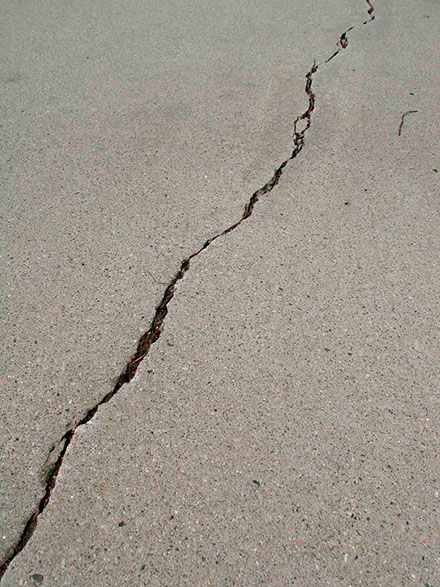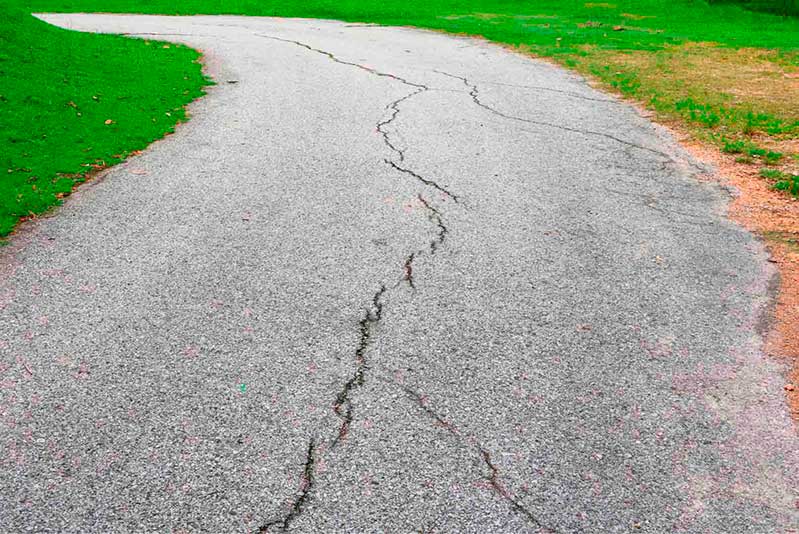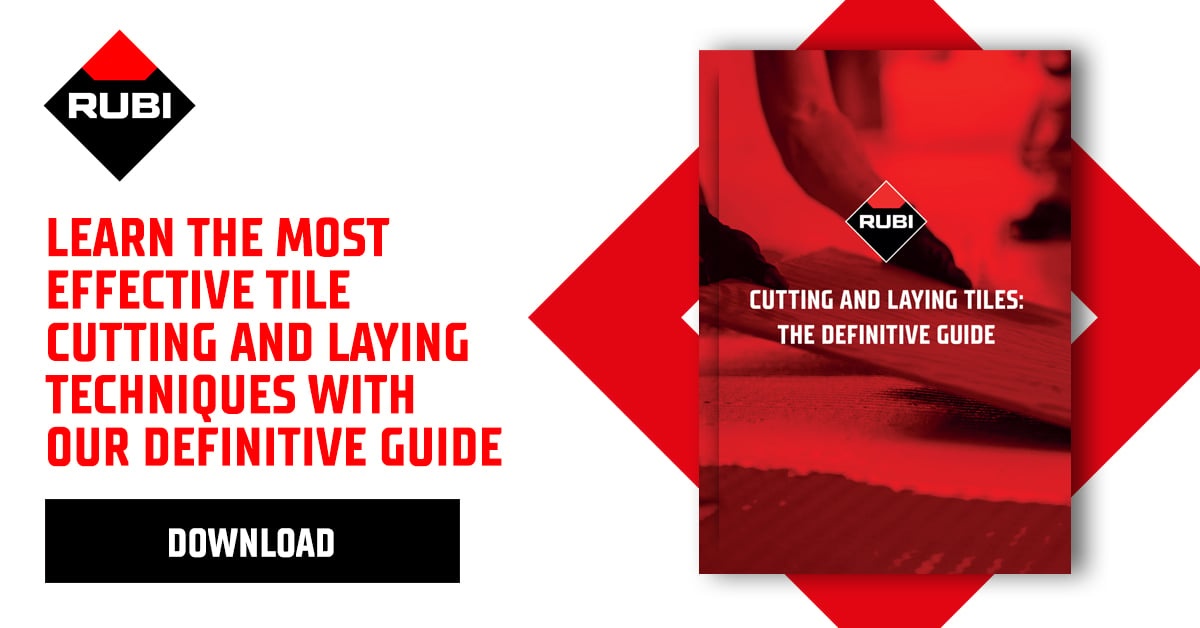Over ten billion tons of concrete are produced worldwide every single year. Concrete is a versatile and essential material that is used to build homes, office blocks, train stations, parks, you name it. With so much concrete in the world, it stands to reason that occasionally it is going to need some repair jobs and glow-ups, just like a tile installation. The main problem with this is, concrete does not stick to concrete. This is where concrete bonding comes into play. If you’re going to be working with concrete for your latest DIY project but you’re not sure how to make it stick, then this guide is for you.


What is Concrete Bonding?
The cement in your concrete mix doesn’t contain any bonding mix, meaning that when you attempt to lay fresh concrete over a layer of old concrete, the two will not stick. You’ll end up with two separate layers of concrete that won’t adhere to each other or create the desired effect.
Concrete bonding, it follows, is the process of using bonding agents to allow the new and old concrete to adhere to each other. This allows the two layers of concrete to come together and form one solid unit of concrete.
What Does Concrete Not Stick To?
Concrete doesn’t stick to very much at all.
First of all, wet concrete will not bond to dry concrete, hence the need for a bonding agent. It also doesn’t adhere to paint, as paint is another material that is often made without any bonding agents.
It also won’t adhere to mortar and glue has absolutely no effect on it. If you want concrete to stick, you’re going to need to use a bonding agent.
What Does Concrete Stick To?
If concrete doesn’t stick to other concrete, you might be wondering what exactly it does adhere to. Well, in short, not very much. The only thing concrete can effectively stick to is wood. And even then, it’s not a very strong bond.
Contractors will typically lay down a foundation of wooden boards before pouring concrete over the top. However, because the bond isn’t all that strong, the wooden boards are often removed once the layer of concrete has dried.
Bonding Agents
So, concrete can’t stick to very much on its own and it needs a little help to adhere to old layers of concrete. That’s where bonding agents come in.
As well as allowing old and new concrete to adhere, the bonding agents also help to protect the combined layers of concrete. The agents reduce the overall porousness of the concrete and protect it from cracks in the future.
They’re also great at making concrete more resistant to UV rays and outside elements like frost.
Typically, there are three main types of concrete bonding agents that you can use to stick new concrete to an old layer, let’s take a look at these now.
Epoxy Bonding Agents
Epoxy bonding agents are one of the best options out there. They are known and highly rated for their strength and excellent performance. Epoxy bonding agents are not just for bonding old concrete to new, they can be used to help bond concrete to steel.
As well as helping to bond concrete to concrete and steel, epoxy bonding agents also work brilliantly well for repairing cracks of all sizes in existing concrete layers.
Epoxy bonding agents come in resin form, and are best used for lightweight and high-performance concrete that is going to be exposed to the elements. They have great compressive strength, and a strong level of adhesion, and they are highly resistant to a wide range of chemicals.
Acrylic Latex Bonding Agents
This is the bonding agent that you’re going to want to use if you’re attempting to bond fresh concrete to an existing layer. These bonding agents are a mixture of polymers and copolymers that are a sort of milky-white liquid.
They’re usually applied to the old surface of concrete via tools like brushes or rollers before the fresh layer is poured over the top (more on how to use bonding agents later).
When using acrylic latex bonding agents, you need to make sure to give the bottle a thorough shake before use, as they are often made up of nearly 45% solids.
Acrylic latex bonding agents are water resistant, and they’re also great for use on surfaces like stucco and masonry.

PVA Bonding Agents
Finally, we have PVA bonding agents. PVA stands for polyvinyl acetate and it is great for repairing cracks and other damages that you find in a layer of existing concrete.
PVA bonding agents are excellent at preserving concrete. They offer fantastic UV protection as well as water resistance. They help to keep concrete looking fresh and brand new.
It’s also incredibly compatible with cement.
Make the Right Choice
While there are plenty of bonding agents to choose from, they don’t all perform the same job. Before you rush out to buy one, take some time to assess the job that you’re trying to do.
Make sure to do your research and ensure that you’re buying the right bonding agent for the type of job that you’re doing. For example, PVA won’t be very good at bonding new layers of concrete to old ones, and acrylic latex won’t be the best for fiddly repair jobs.

How to Bond Concrete
Now that you’ve had a brief overview of the types of concrete bonding agents out there, you’re probably wondering how to use them.
Here’s our five-step guide to bonding fresh concrete to an existing layer.
1. Loosen Old Concrete
Before you even begin to think about pouring a new layer of concrete over the top, you have to start preparing the existing layer. If you’re doing a repair job then the first thing you need to do is take a hammer and chisel and chip away the damaged area. Keep chiseling away at the broken concrete until you reach the intact concrete underneath.
You can probably go ahead and skip this step if you’re just doing minor repairs, but for any major repairs, you’re going to want to take your time to do this bit.
Make sure to check the label on the back of the bottle for the bonding agent you’re using, as many of them will give you more detailed instructions on how much you need to do this.
2. Dust the Surface
The preparation isn’t done with the chiseling, the next thing you need to do is make sure that the surface is clean.
The cleanliness of the old layer of concrete can affect the adhesion of the new layer, so be sure to brush, vacuum, or dust away any debris leftover from the chiseling before you go about applying the bonding agent.
The layer doesn’t have to be completely spotless, but it should be a relatively clean and smooth surface.
3. Mix the Bonding Agent
With the prep done, you can now move on to the bonding agent itself. Take some time to read the label for the agent again here, as some require you to dilute them with water, and others are good to use straight away.
Most of the bonding agents need to be applied via rollers or brushes. Mix the bonding agent following the instructions on the label, and after shaking (and possibly diluting), empty the liquid into a pail.
Some thinner bonding agents can be mixed with cement to create a bonding slurry that has a paste-like consistency. The most important thing is to check the label thoroughly to ensure that you’re mixing the agent the right way.
4. Apply the Bonding Agent
Once the bonding agent has been properly mixed, you can get to work applying it to the surface. Take your brush or roller and dip it in the pail and then set about applying a thin, even layer to the existing surface of concrete.
Once again, refer back to the label on the container to check how thick the layers of bonding agent should be.
5. Apply the New Cement
The final step is to apply the new layer of cement on top of the layer of bonding agent. It’s really important that you do this before the bonding agent dries, otherwise, the two layers will not stick together.
Once you’ve poured the new layer over the top, take a spatula or a trowel and use it to even out the new layer. Once you’ve done this, leave the concrete alone to dry and voila, you have now bonded the two layers of concrete together.
Rubi Tools Get the Job Done
Bonding concrete is a very simple process once you figure out what bonding agents you need and how to apply them. That said, you still need to make sure that you have the correct tools to get the job done.
That’s where we come in. Rubi has you covered for any tool that you need for DIY jobs and tile installation. No job is too big or too small for our range of tools.
Contact us today to see how we can help you.
<

Post a comment